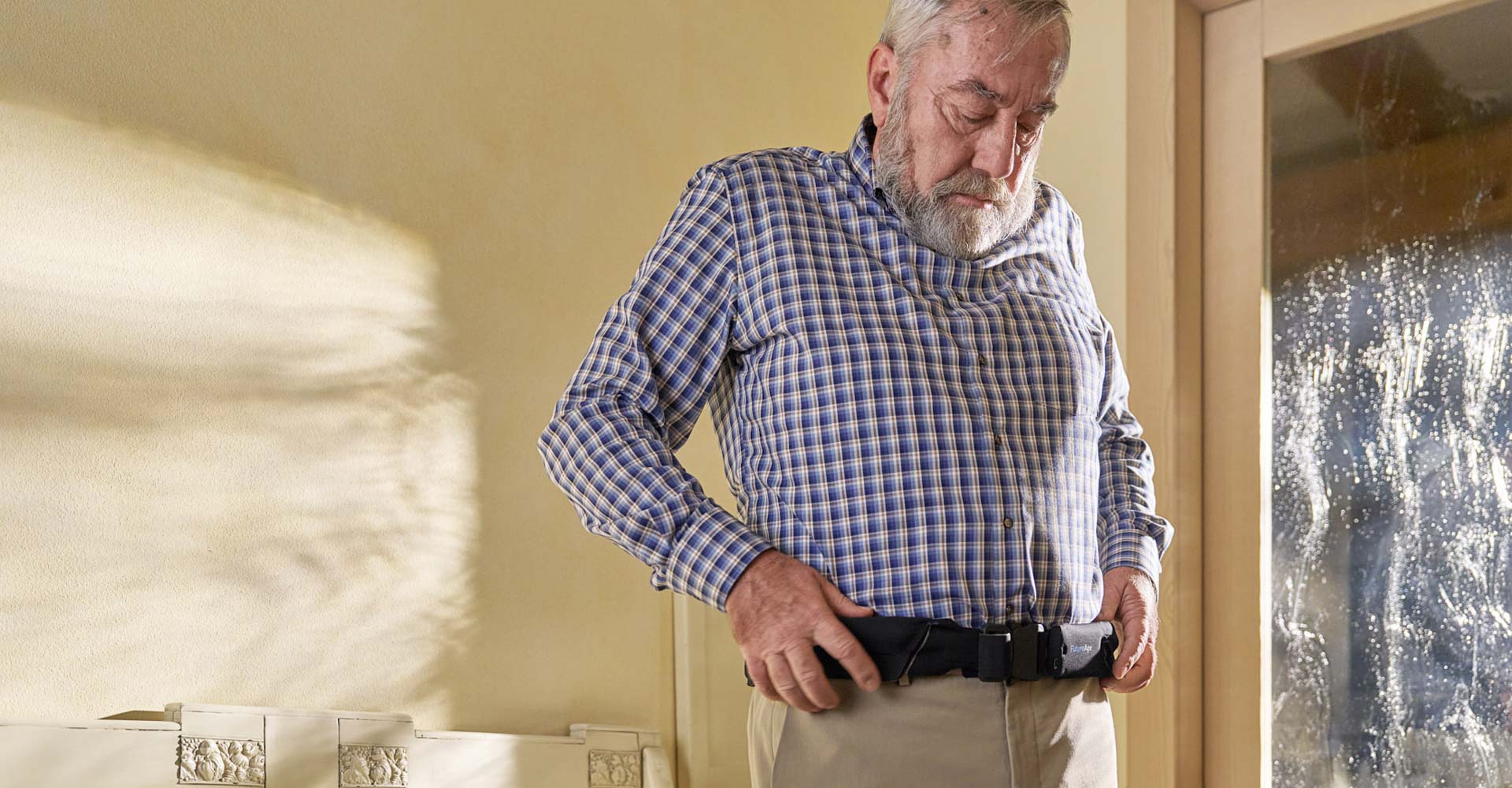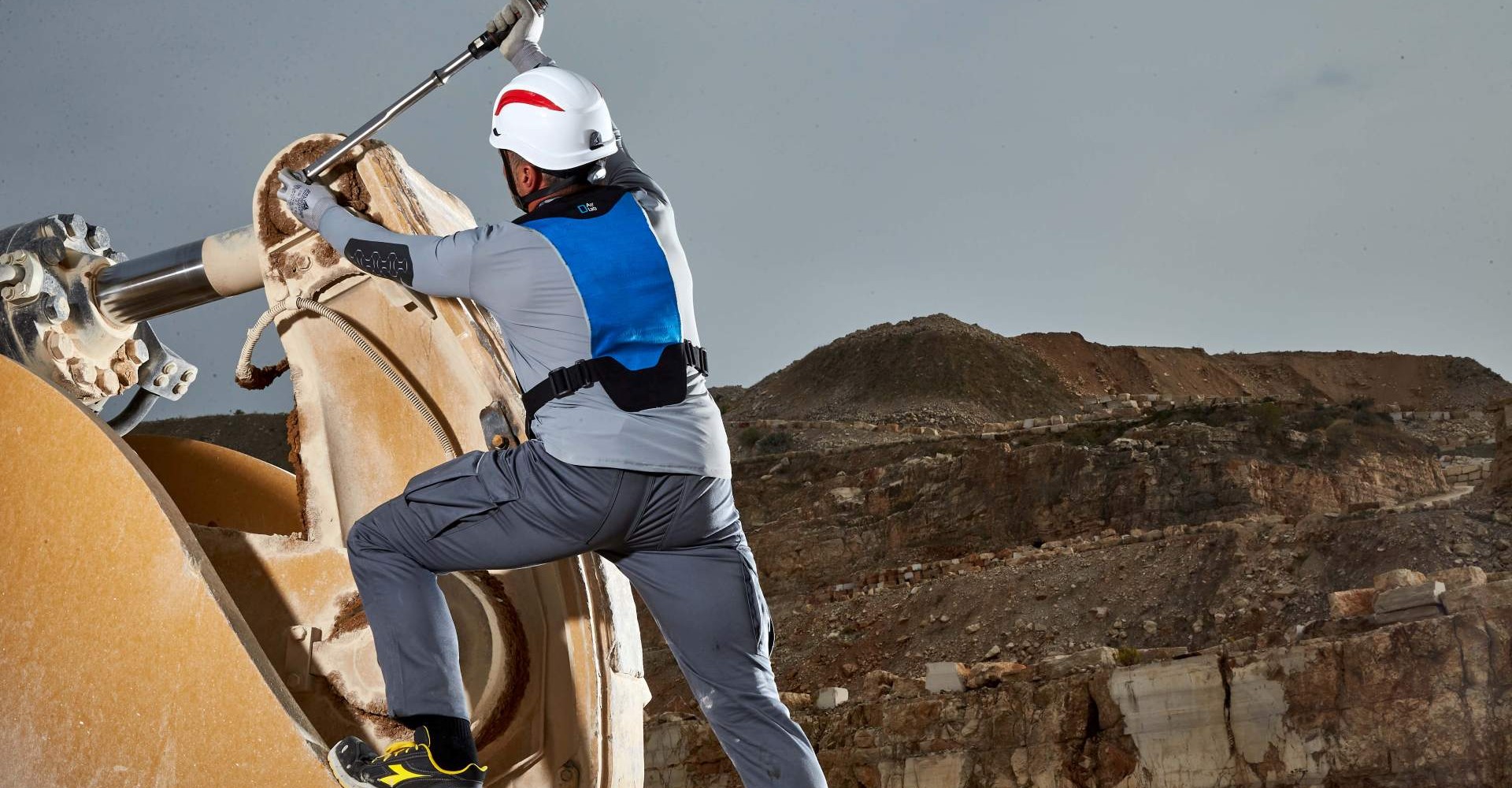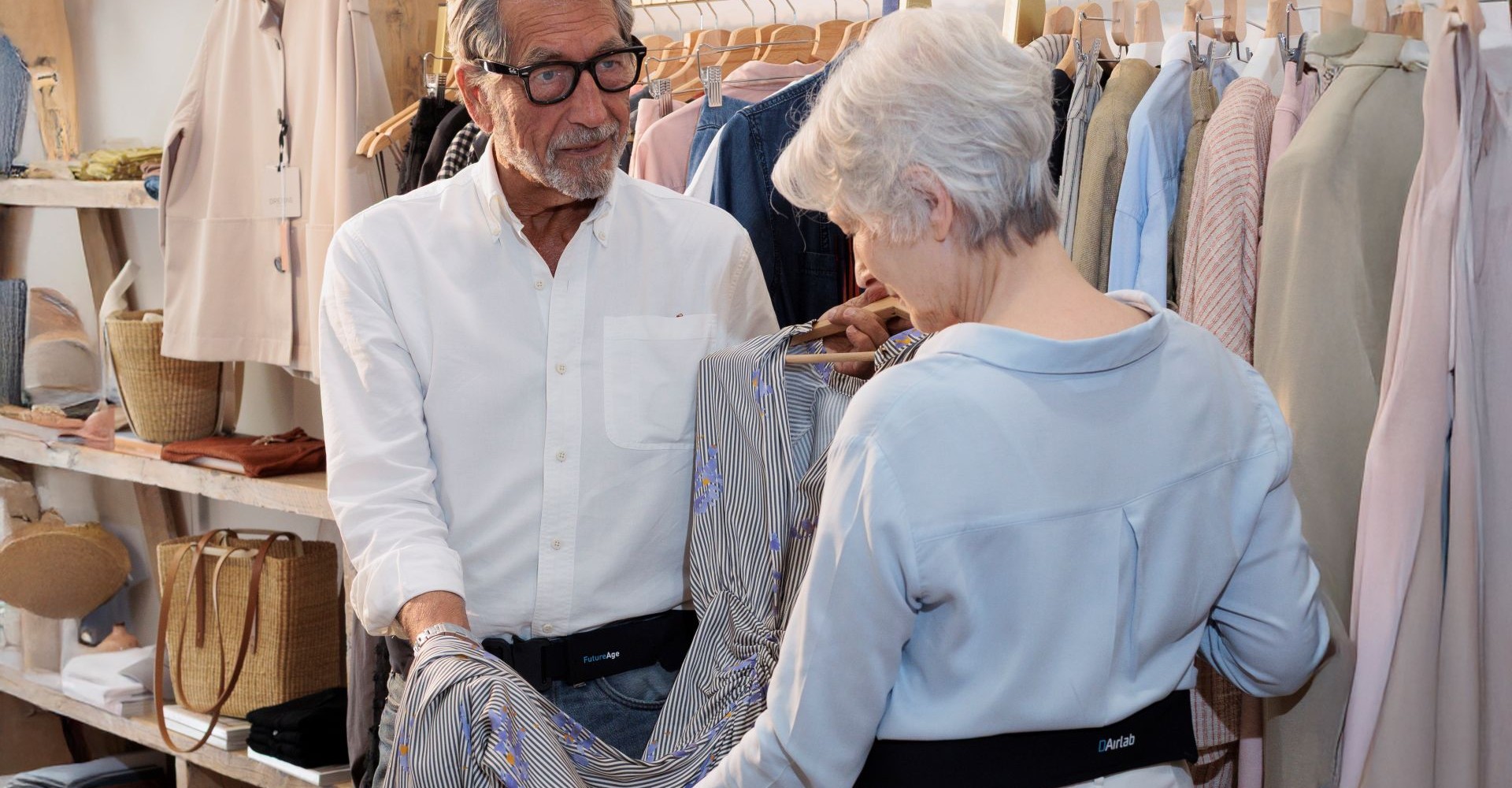Seniors and falls: the Achilles’ heel of old age
Elderly people are beloved and central figures in the traditional Italian family model and they face new challenges as they age, including the risk of falls and fractures.
There are currently around 14 million people over the age of 65 in Italy and this figure will rise to a full 19 million by 20501. It is not just the total number of elderly people that will increase, but also the number of them who live on their own. The estimates indicate that, in 2041, around 10.2 million elderly people will be living alone, compared with 8.5 million in 2021. This group will be particularly exposed to “one of the four geriatric giants”2: fracture of the femur. Every year in Italy, around 120,0003 people over 65 have a fall and suffer this type of injury: most of them are in the age range between 80 and 89 (59%), mainly women and suffering in large part from fragile bones with rates4, and associated complications, that increase significantly with age and double in people over the age of 755.
“Falls are very frequent in the elderly and increase with age” – says Professor Giuseppe Sergi, Head of Geriatrics at Padua University Hospital – “30% of the elderly population falls at least once a year and, of these, over 50% fall more than once a year; this results in a high risk of fractures, with all the ensuing consequences.”
In most cases, these are fractures that require surgery, which must be performed within 48 hours to ensure the best and fastest recovery6. A 90-minute surgery is needed to set the fracture, followed by recovery treatments, home care and rehabilitation (cost covered privately for around one year, with an expenditure of around Euro 1.2 billion per annum7. In Europe, the overall cost of trauma from a fall reaches over Euro 20 billion per annum8.
In a country with the above data and trends, it is clear that this is becoming an increasingly systemic problem that has a major impact on families, since the repercussions of a possible fall require changes in habits and pace and often the presence of home carers for a person who was perfectly independent before the accident occurred.
To this less than rosy picture must be added the fact that when an elderly person has fallen once, they have double the probability of falling again. The fear of hurting themselves again means that they move around less and lose muscle strength. A more sedentary lifestyle and the possibility of an ensuing depression can unfortunately have a fatal outcome within two years from the fall in 40% of cases.
Prevention of hip fracture, key to independence
“Based on the experience of Dainese in protecting sports people such as Valentino Rossi on the track, at D-Air Lab – the start-up founded by Lino Dainese and dedicated to protection of people in everyday life – we asked ourselves: is it more dangerous to drive a motorcycle at 350 km an hour on a straight section of the Mugello racetrack or to lose your balance at home when you are 75 years old and suffer from osteoporosis? This is what led us to develop FutureAge, a device that, by applying the same principle used in sports of protecting the body with air, could protect the most fragile people against one of the major risks of old age: a hip fracture caused by a fall. A method for protecting this growing group of people and, with them, also their families” explains Marcello Bencine, Executive Director of D-Air lab.
FutureAge restores the serenity of an active life before or after a fall.

Source:1) Istituto Superiore di Sanità, 2) Otodi 3) SIGG, 4) ISS, 5) IRCCS Ospedale San Raffaele, 6) University of Florence, 7) EU Falls Festival






